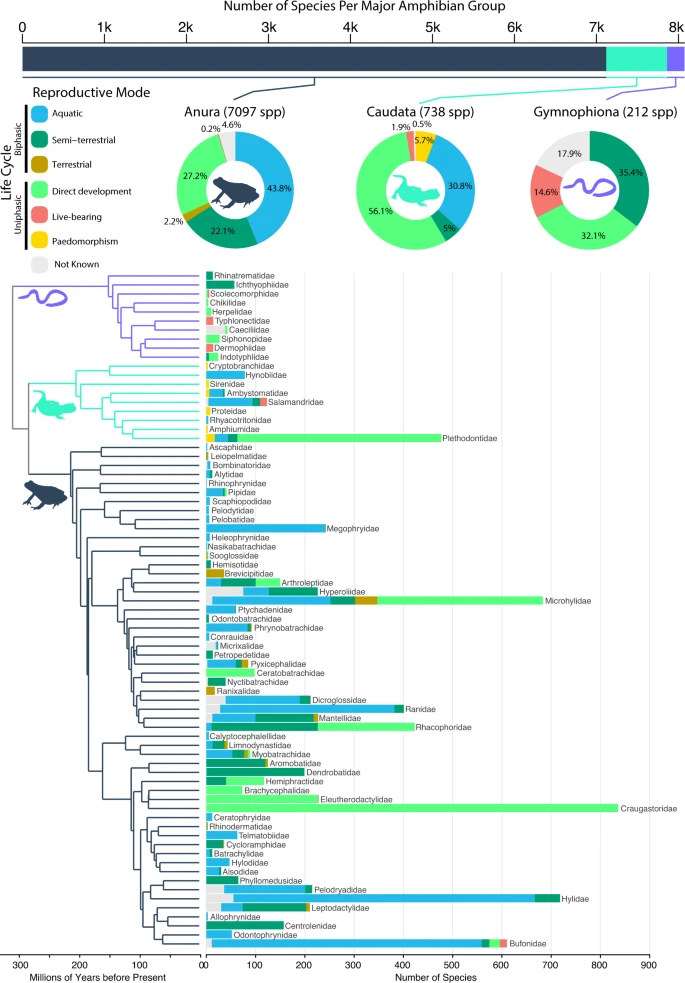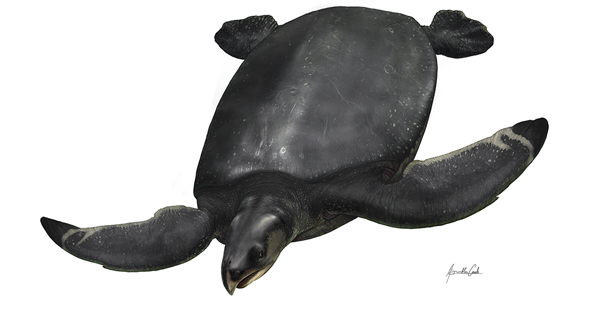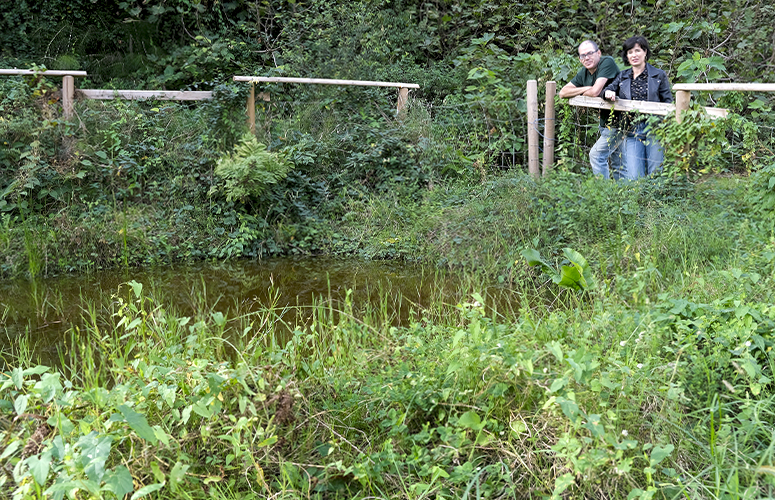




Strong phenological shifts in response to changes in climatic conditions have been reported for many species, including amphibians, which are expected to breed earlier. Phenological shifts in breeding are observed in a wide number of amphibian populations, but less is known about populations living at high elevations, which are predicted to be more sensitive to climate change than lowland populations. The goal of this study is to assess the main factors determining the timing of breeding in an alpine population of the common toad (Bufo bufo) and to describe the observed shifts in its breeding phenology. Leer más.
We compare large-scale macroevolutionary patterns in these transitions across the three major amphibian clades: frogs, salamanders, and caecilians. We analyse matching reproductive and phylogenetic data for 4025 species. We find that having aquatic larvae is ancestral for all three groups and is retained by many extant species (33–44%). Leer más.

Se estima que el ejemplar de la nueva especie Leviathanochelys aenigmatica medía 3,7 metros de largo. El hallazgo ha sido publicado en la revista Scientific Reports por personal investigador del Institut Català de Paleontologia Miquel Crusafont, el Museo de la Conca Dellà y la universidad checa de Masaryk. Leer más.

La charca del Campus de Gipuzkoa es el lugar donde podemos ver y escuchar a la naturaleza en nuestro propio entorno de trabajo. La charca es un ecosistema vivo y cambiante. En primavera y verano está exuberante, las plantas exhibiendo sus flores y ofreciéndoselas a los polinizadores, las libélulas de colores pasando a pocos centímetros de nuestras cabezas o posándose para ser vistas con detalle, las ranas croando en un coro incesante… Leer más.







